Select Device Freestyle Lingo Freestyle Libre 3 Freestyle Libre 2 Freestyle Libre 14 Day Dexcom G7 Dexcom G6 Dexcom Stelo Guardian Connect Medtronic Simplera Eversense Meter Omnipod Omnipod Dash Medtronic 780G Medtronic 630G Tandem t:slim X2 Bigfoot Unity Medtronic InPen Tempo Pen NovoPen 6/NovoPen Echo Insulin Pen Afrezza CeQur Simplicity Patch V-Go Patch Omnipod GO Patch Syringe and Vial Beta Bionics iLet Pancreas Control IQ with Dexcom Control IQ with Freestyle Libre Medtronic 780G with Smart Guard Omnipod 5 Tandem Mobi Tidepool Loop twiist DIY Loop Apple Series 6/7/8/9/10/SE (2nd Generation) Garmin vívosmart 5™ Garmin Venu Sq 2 Garmin Venu 3 Garmin vivoactive 5 Garmin Fenix 8 Garmin vivofit jr 3 Garmin Forerunner 165/265/965 Garmin epix (Gen 2) Garmin Enduro 3 Fitbit Ace LTE Fitbit Charge 6 Fitbit Inspire 3 Fitbit Versa/Versa 2/4/Versa Lite Fitbit Sense 2 Fitbit Luxe Google Pixel 2/3 Samsung Galaxy 4/5 Xiaomi Mi Band 9 Oura Ring Whoop 4.0 Withings ScanWatch 2 Withings ScanWatch Lite Pedometer 3D Pedometer
Select Device Freestyle Lingo Freestyle Libre 3 Freestyle Libre 2 Freestyle Libre 14 Day Dexcom G7 Dexcom G6 Dexcom Stelo Guardian Connect Medtronic Simplera Eversense Meter Omnipod Omnipod Dash Medtronic 780G Medtronic 630G Tandem t:slim X2 Bigfoot Unity Medtronic InPen Tempo Pen NovoPen 6/NovoPen Echo Insulin Pen Afrezza CeQur Simplicity Patch V-Go Patch Omnipod GO Patch Syringe and Vial Beta Bionics iLet Pancreas Control IQ with Dexcom Control IQ with Freestyle Libre Medtronic 780G with Smart Guard Omnipod 5 Tandem Mobi Tidepool Loop twiist DIY Loop Apple Series 6/7/8/9/10/SE (2nd Generation) Garmin vívosmart 5™ Garmin Venu Sq 2 Garmin Venu 3 Garmin vivoactive 5 Garmin Fenix 8 Garmin vivofit jr 3 Garmin Forerunner 165/265/965 Garmin epix (Gen 2) Garmin Enduro 3 Fitbit Ace LTE Fitbit Charge 6 Fitbit Inspire 3 Fitbit Versa/Versa 2/4/Versa Lite Fitbit Sense 2 Fitbit Luxe Google Pixel 2/3 Samsung Galaxy 4/5 Xiaomi Mi Band 9 Oura Ring Whoop 4.0 Withings ScanWatch 2 Withings ScanWatch Lite Pedometer 3D Pedometer
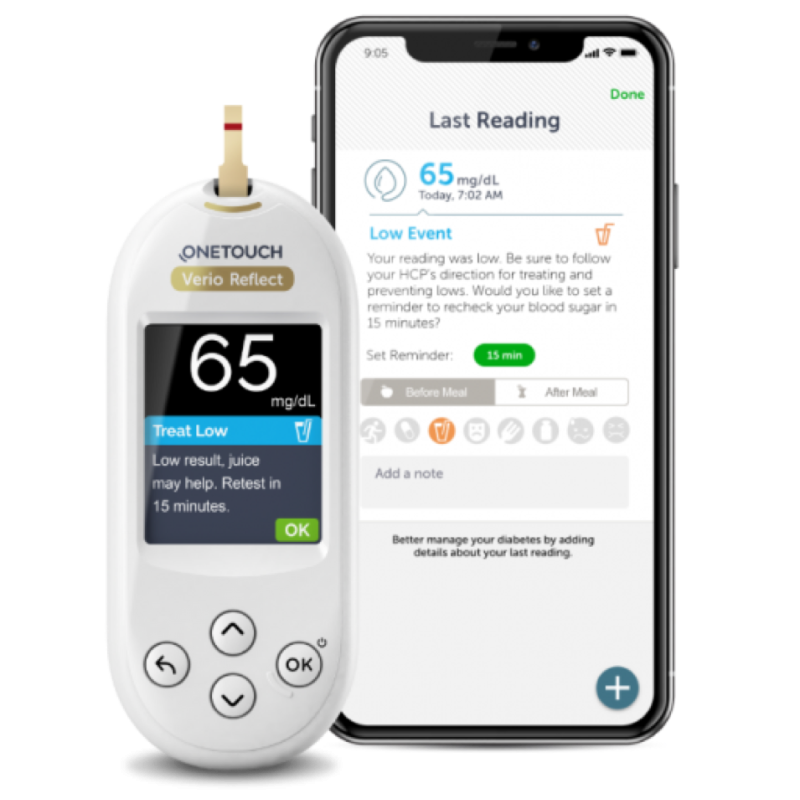

Summary
Good to have. Tried and true. Backup or day to day. Fingersticks required.
Traditional syringe and needle. The most affordable insulin delivery option.
Components

Generic Meter : Lancets
Tiny needle called a lancet is used to poke the skin (on a finger or on your arm) to get a small sample of blood. The lancing device is packaged with the glucometer.
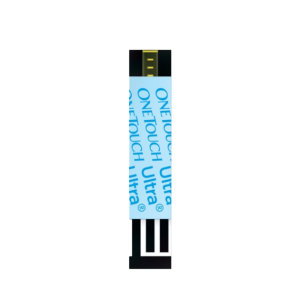
Generic Meter : Test Strips
The strips work with the glucose meters to “read” blood sugar levels. One box of test trips usually contains between 25-50 single use strips.
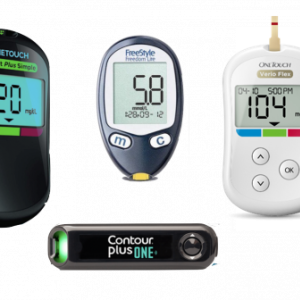
Meter : Glucometer
The meter measures the amount of sugar in the small sample of blood that is placed on the disposable test strip. Most CGMs require testing blood sugar with a meter to calibrate the CGM device daily.
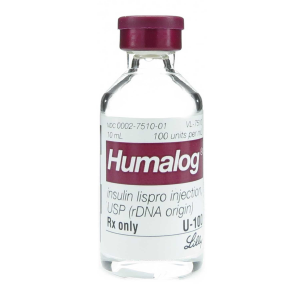
Syringe and Vial : Bolus Insulin
Bolus (fast-acting) insulin vial for meal time or high blood sugar correction.
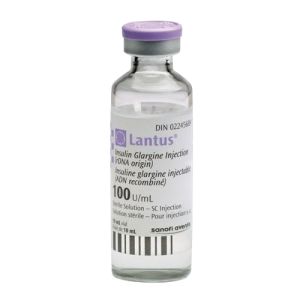
Syringe and Vial : Basal Insulin
Basal (long-acting) insulin vial for steady release of insulin that helps control blood sugar between meals, and overnight.

Syringe and Vial : Needles
Classic syringes with plunger used to fill insulin for injection
Device Details
Overview
Good to have. Tried and true. Backup or day to day. Finger-sticks required.
Nothing on the body when not in use but very visible when dosing.
Affordability and Access
$$$$
Most accessible. Available over the counter at all Pharmacies. Price range; $0-$200/month depending on insurance coverage.
$$$$
Syringes are available worldwide in pharmacies or DME without prescription. Price Range: $0-$300/month depending on insurance coverage.
Data Monitoring Options
Limited Options
Data is available directly on the device. Some meters may be compatible with the Tidepool data management system.
No Options
Data View Options
Yes
Data may be viewed directly on the device. Some meters contain a built-in USB connection that allows information to be uploaded to a data management system.
No Options
Duration and Storage
Daily
Meters can last several years with battery changes/charging, they're used daily and work between 65ºF-86°F
28 Days
Open vials can be stored at room temperature (not above 80º F) for up to 28 days. Unopened vials should be stored in the refrigerator (36ºF - 86ºF.)
Vision / Auditory / Dexterity
NO text to speech
NO vibration alerts
A LOT of dexterity needed
NO text to speech
NO vibration alerts
A LOT dexterity for insertion
Patient Considerations
Active Lifestyle
Must pause activity to check blood sugar.
Limited Adjustability. No way to adjust long-acting insulin for higher activity on the fly.
Avoiding Highs and Lows
Less data. Meters don't give as much blood sugar data as sensors do and require a high level of engagement and effort to avoid highs and lows.
Limited customizability. Requires a high level of engagement and effort to avoid highs and lows but can be paired with a CGM for improved blood sugar control.
Comfort
Meter supplies carried and requires visible blood.
Many components. Must carry insulin vials and large syringes but nothing attached to the body.
Easy Insulin Dosing
Limited features. No info on blood sugar trends.
Requires attention. You have to do the math to figure out your dose. Unable to adjust basal in real-time.
Easy to Use
Large display. Device typically has large display numbers for easier readouts, and it's very simple to operate.
Many steps. Requires effort to figure out doses and deliver insulin every single time you need it.
Fewer Fingersticks
Frequent fingersticks are unavoidable.
Frequent finger-sticks are required.
Privacy
No attached device for blood glucose monitoring.
Hideable. Vials and syringes can be hidden when not in use but very visible when in use. Frequent injections are unavoidable.